The Complex History of Leather Manufacturing: From the Prehistoric Times to the Present Day
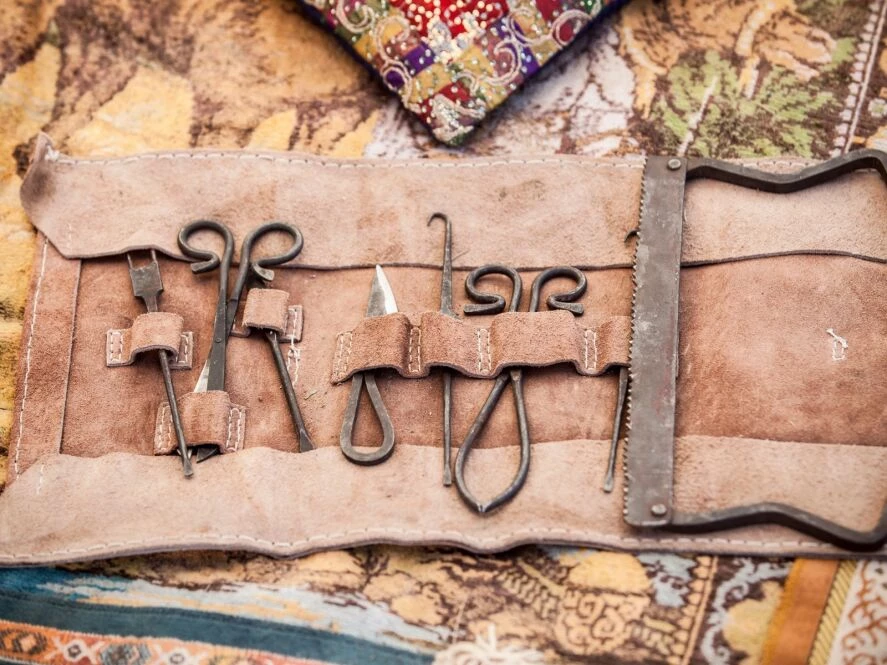
Leather is one of the oldest natural materials that has been used by mankind since the beginning. Whether you like leather jackets, handbags or leather shoes, these products wouldn’t have been here without the ingenuity and patience of our early ancestors, who invented and refined the leather manufacturing process. What is the history of leather? Is leather working still a useful craft like it was in the Middle Ages?
Contents
When Did Leather Manufacturing Start?
Archaeological finds in England suggest that the first attempts at leatherworking probably took place around 400,000 years BC. In an area near the present-day village of Hoxne (Suffolk), archaeologists have discovered the remains of stone tools that were supposed to have been used for leather manufacturing.
Prehistoric people hunted animals not only for meat but also for their hides, which they gradually learned to utilise for clothing. They found out that dried animal hides can protect their bodies from cold and frost.
Soon afterwards, however, our ancestors seem to have discovered a major disadvantage, namely that untreated leather hardens, breaks and is prone to rot. It was only later that leather processing was perfected and the techniques we now know as leather tanning were discovered.
This technique makes leather more resistant and durable. Tanning not only improves the durability, but also changes the appearance of leather.
DID YOU KNOW... one of the oldest methods of tanning was rubbing fatty substances into the rawhides. The hides were also sometimes smoked. This is particularly evident in the German language, where the term "Rauchware" ( rauch means smoke in German) is still used to refer to furs today.
Rise and Fall of the Tanning Craft
The tanning industry began to thrive in the times of ancient Greece. It was, however, a rather unpopular job, usually performed by slaves on the outskirts of cities. Leather was no longer used only for clothing, but also as a decorative material, for example for upholstery.
It was not until the Middle Ages that the leather industry really began to rise. From the 10th century onwards, various guilds gradually grew in power, which also had an impact on the development of individual crafts.
In the High Middle Ages, professional leatherworkers emerged, and along with it, a number of related professions: furriers, shoemakers, bag makers and saddle or harness makers.
DID YOU KNOW... leather manufacturing has a rich history in the many European lands? Various streets are called “Tannery Street” and similar, which suggests that tanning was widespread, just like many other crafts, such as plate armour making, which is also present in many street and family names.
And just like other crafts, tanning was heavily impacted by the development of industry in the 18th and 19th centuries and the gradual transition to industrial production. Gradually, there were less and less jobs for small craftsmen.
However, it the tanning craft remained important across Europe until late 20th century, when many important leather manufacturers began to shut down their production.
Leather Manufacturing Today
Modern tanneries have a wide range of available options compared to our ancestors. Specialised tools and all kinds of chemicals have taken leatherworking and leather products to the next level.
Despite all available innovations, some historical techniques are still used today. Some companies even prefer traditional methods when processing leather, as this is the only way to bring out the unique texture of their leather products.
The present day and the past have one more thing in common: leather is the symbol of luxury and quality. Many people are willing to pay more in return for quality products, and many still appreciate a leather-bound notebook, a leather belt, or a leather shoulder bag or gloves.
DID YOU KNOW... our portfolio includes a few unique pieces that you cannot buy anywhere else? Check out, for example, our handmade leather wallets that will perfectly complement your (medieval) outfit and will last you for many years!
A Craft to Learn, or a Dying Craft to Abandon?
Although leather products still play an important role in today’s fashion industry, in some European countries, leather manufacturing is long past its prime. Or perhaps not? How have the leatherworking crafts been doing in the recent years?
We will explore these questions in another article dedicated to leather manufacturing in today’s world.

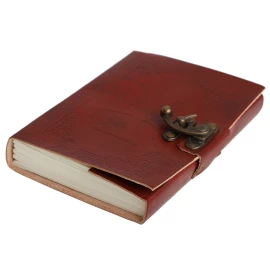
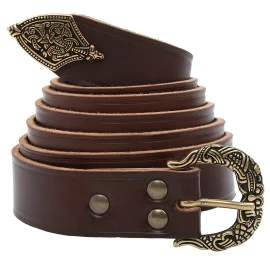
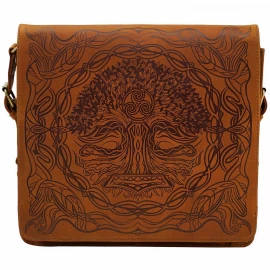
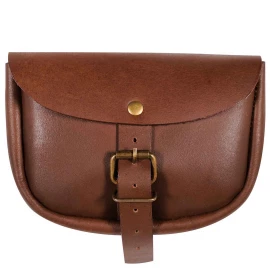
Comments